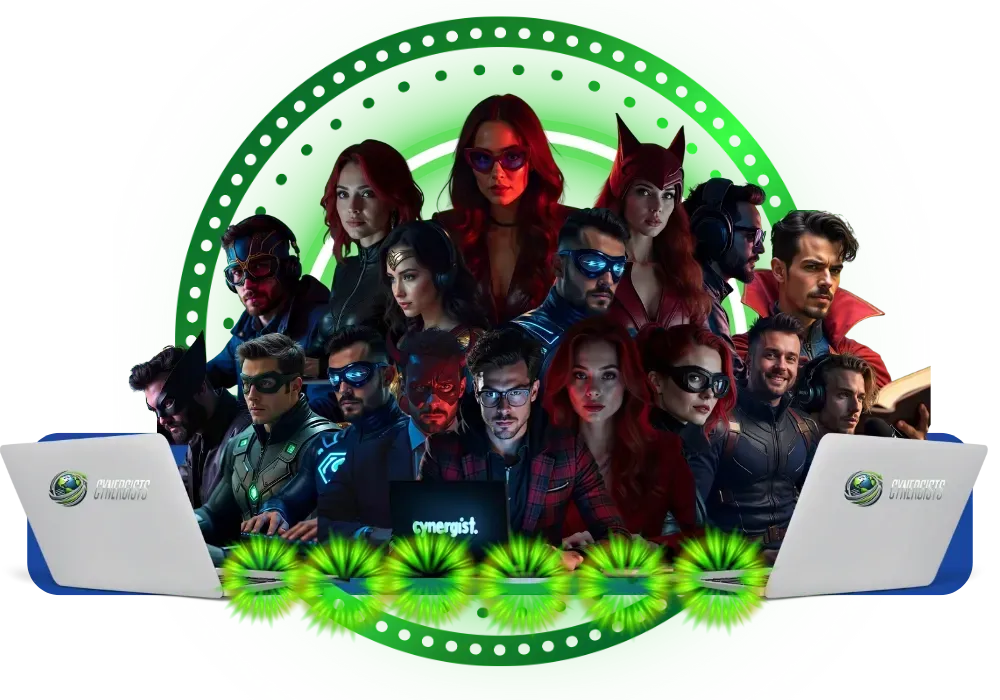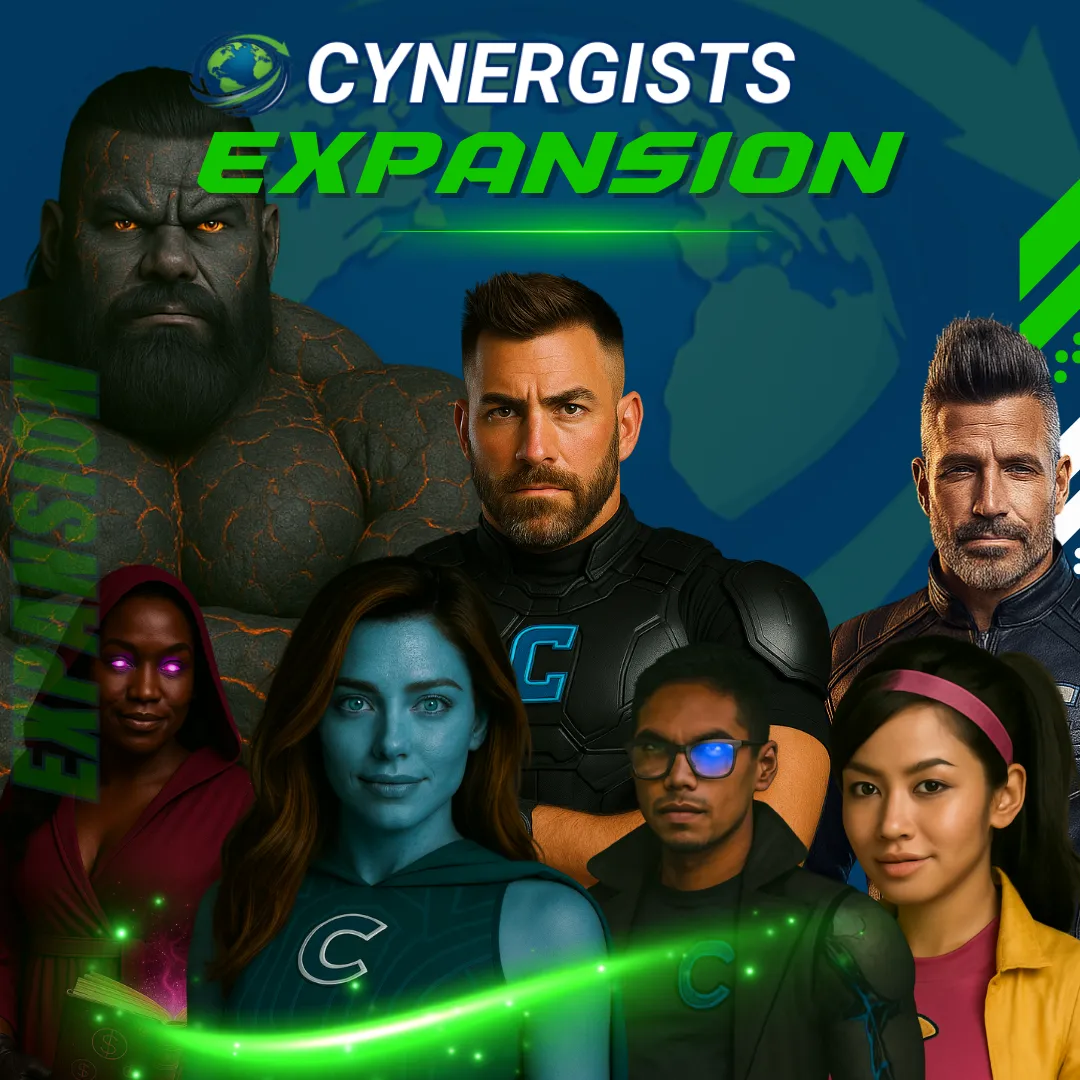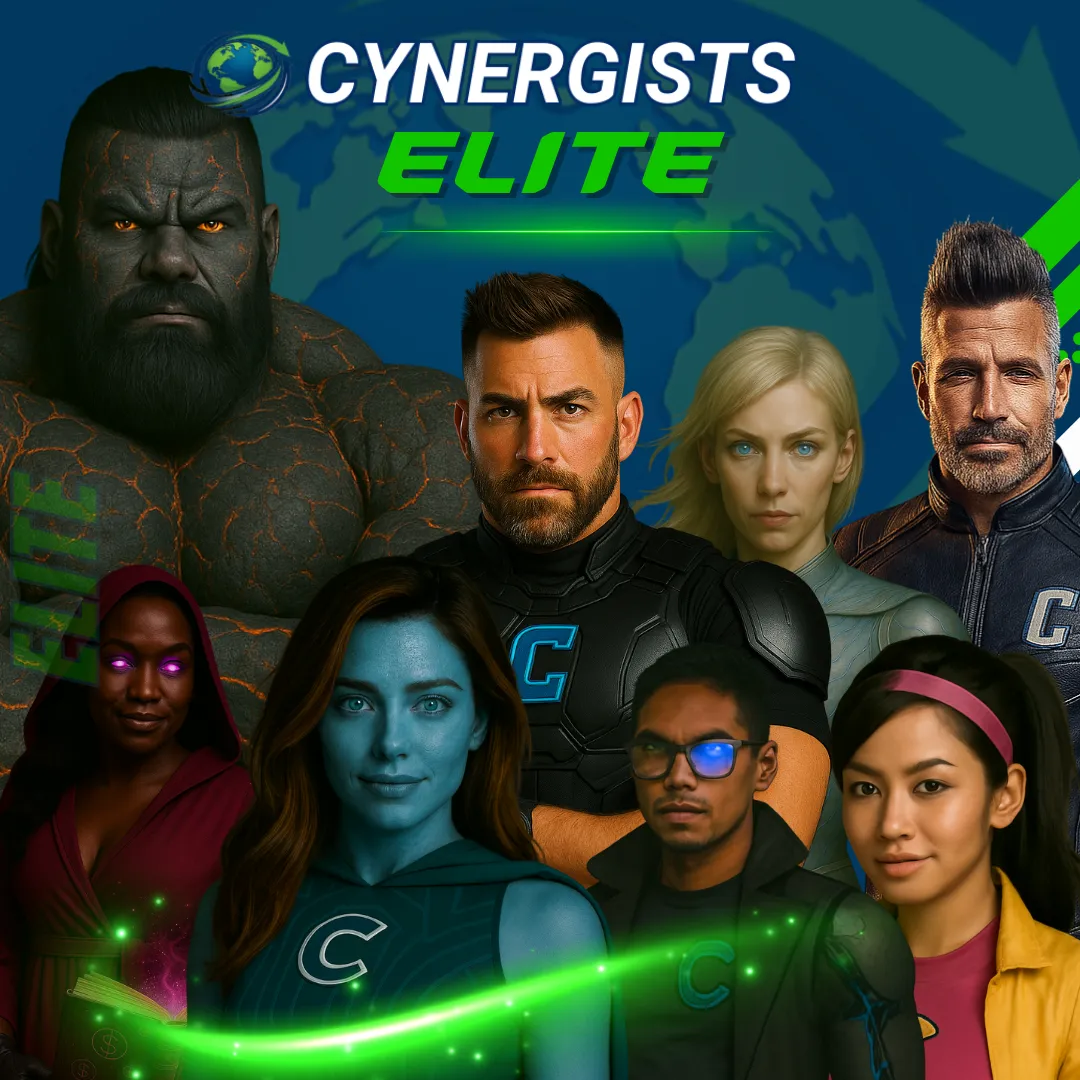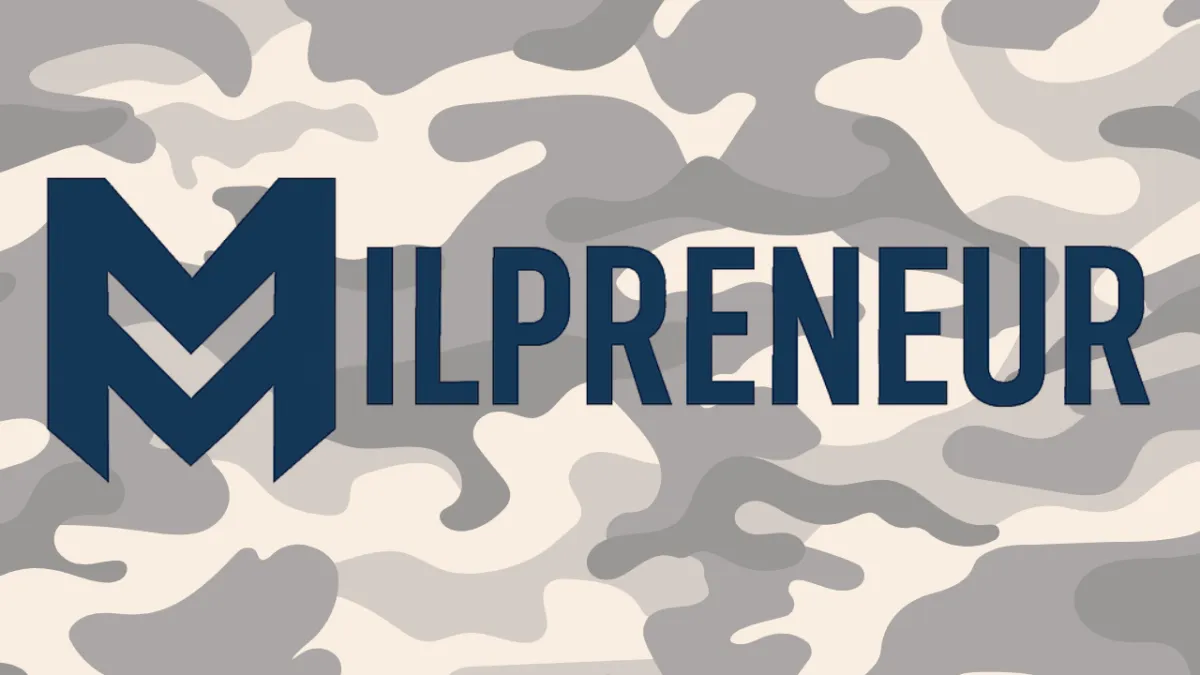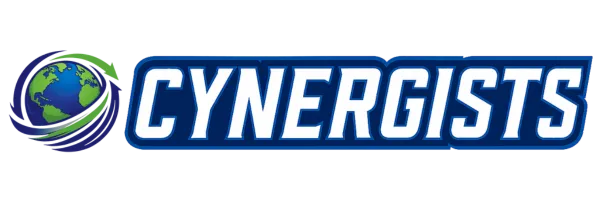
Suit Up with the Cynergists Blog:
Built for the Brave, the Bold, and the Business-Minded

Suit Up with the Cynergists Blog:Built for the Brave, the Bold, and the Business-Minded
Featured Posts
At Cynergists, we empower businesses with highly skilled virtual assistants who handle routine tasks, so you can focus on growth. Our blog offers expert tips, actionable strategies, and success stories to help you streamline operations and save time.

The Future of Sales Teams: How Automation is Reshaping the Industry

Lead Generation in 2025: Proven Strategies to Fill Your Pipeline

Top 8 Ways to Leverage Your CPA Business Utilizing Cynergists
Featured Posts
At Cynergists, we empower businesses with highly skilled virtual assistants who handle routine tasks, so you can focus on growth. Our blog offers expert tips, actionable strategies, and success stories to help you streamline operations and save time.

The Future of Sales Teams: How Automation is Reshaping the Industry

Lead Generation in 2025: Proven Strategies to Fill Your Pipeline

Top 8 Ways to Leverage Your CPA Business Utilizing Cynergists
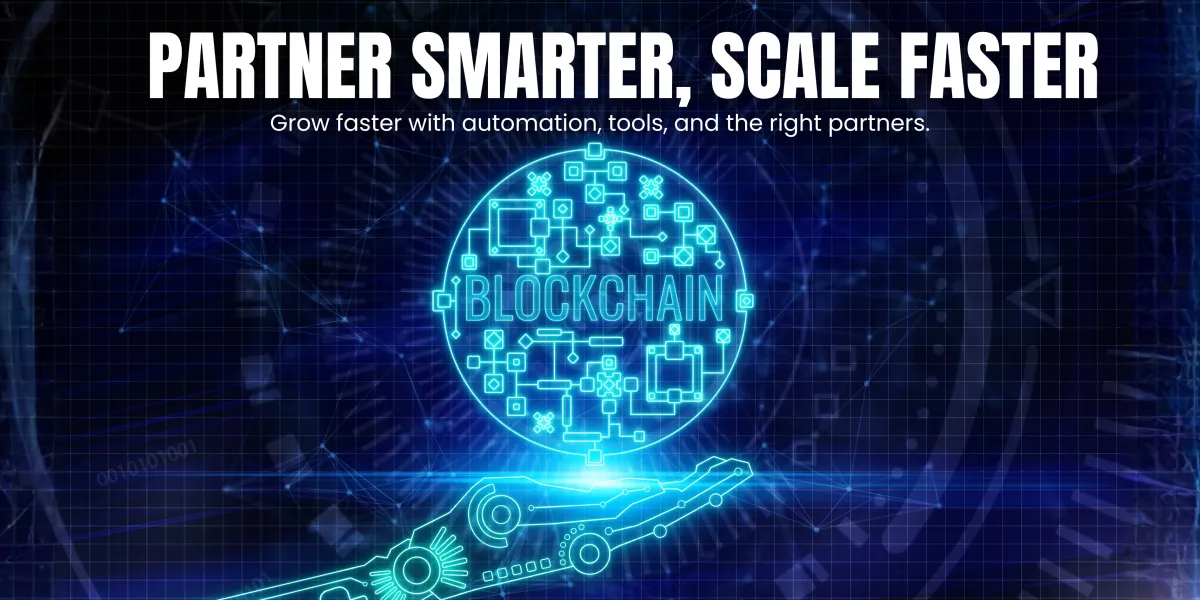
Build or Buy? How to Decide When to Partner, Outsource, or DIY
Build or Buy? How to Decide When to Partner, Outsource, or DIY
Every veteran entrepreneur understands that the most important decisions are rarely about “what” to do, they’re about “how” to do it. Do you handle the mission with your own resources, call for external support, or partner with allies to get the job done?
This same logic applies in business. Do you DIY, hire in-house, or outsource? Do you invest in building new systems, or do you “buy” proven ones? The answer depends not just on cost, but on strategy, resilience, and leadership.
Throughout this guide, we’ll draw lessons from military leadership, examples of entrepreneurial resilience, and the Ryan Van Ornum military story to uncover how today’s leaders can decide when to build, buy, or outsource, and how these decisions set the stage for veteran business success.
The DNA of a Veteran Entrepreneur – Why Build vs. Buy Decisions Matter
For a veteran entrepreneur, business strategy feels familiar. The decision-making framework mirrors the battlefield:
Assess the mission objective (your long-term business goal).
Evaluate resources available (time, capital, skills).
Anticipate threats and risks (competition, market shifts, burnout).
Choose the deployment strategy (DIY, outsource, or partner).
This structured approach is why many veteran-founded businesses thrive. They don’t just chase opportunities; they measure decisions against resilience and sustainability.
Example: A founder building a digital agency may choose to outsource accounting and HR early on. Why? Because while those are vital, they don’t directly move the mission forward. This keeps the founder’s energy focused on growth and client relationships.
In the military, no one fights alone. Military leadership thrives on specialization and trust, knowing when to hand responsibility to the right people.
When applied to entrepreneurship, outsourcing is a powerful extension of that principle:
Marketing: Agencies and freelancers can scale your visibility faster than trial-and-error DIY campaigns.
Technology: Buying or outsourcing software development ensures systems run reliably without draining your time.
Operations: Virtual assistants and external partners handle repetitive work, freeing leaders for high-value decisions.
Outsourcing isn’t weakness, it’s leadership. Just as commanders delegate roles to maximize mission success, entrepreneurs who outsource wisely demonstrate entrepreneurial resilience by preventing burnout and safeguarding focus.
DIY and the Entrepreneurial Trap – When Building Becomes a Liability
DIY feels appealing, especially for the veteran entrepreneur used to self-reliance. But there’s a hidden danger: doing it all yourself often leads to exhaustion, stalled growth, and missed opportunities.
The hidden costs of DIY include:
Time wasted on non-core tasks like bookkeeping, IT, or ad management.
Slower growth due to lack of specialized expertise.
Increased stress and risk of burnout.
Opportunity costs, losing focus on innovation and leadership.
The Ryan Van Ornum military story highlights this well: in the field, soldiers who tried to take on too much reduced their effectiveness. Business leaders who fall into the DIY trap do the same, risking both their mission and their health.
DIY has its place in the early stages, but long-term veteran business success comes from knowing when to shift gears, investing in outsourcing or partnerships that unlock new levels of performance.
And if you’re looking to sharpen your edge, tools and partners exist to support the mission: Cynergists offers expert-led marketing services to cut through noise and accelerate business growth. Cynergists.shop provides curated digital tools designed to help entrepreneurs scale smarter, faster, and with confidence. Because in business, as in the military, the real victory belongs to those who know when to build, when to buy, and when to partner.

Build or Buy? How to Decide When to Partner, Outsource, or DIY
Build or Buy? How to Decide When to Partner, Outsource, or DIY
Every veteran entrepreneur understands that the most important decisions are rarely about “what” to do, they’re about “how” to do it. Do you handle the mission with your own resources, call for external support, or partner with allies to get the job done?
This same logic applies in business. Do you DIY, hire in-house, or outsource? Do you invest in building new systems, or do you “buy” proven ones? The answer depends not just on cost, but on strategy, resilience, and leadership.
Throughout this guide, we’ll draw lessons from military leadership, examples of entrepreneurial resilience, and the Ryan Van Ornum military story to uncover how today’s leaders can decide when to build, buy, or outsource, and how these decisions set the stage for veteran business success.
The DNA of a Veteran Entrepreneur – Why Build vs. Buy Decisions Matter
For a veteran entrepreneur, business strategy feels familiar. The decision-making framework mirrors the battlefield:
Assess the mission objective (your long-term business goal).
Evaluate resources available (time, capital, skills).
Anticipate threats and risks (competition, market shifts, burnout).
Choose the deployment strategy (DIY, outsource, or partner).
This structured approach is why many veteran-founded businesses thrive. They don’t just chase opportunities; they measure decisions against resilience and sustainability.
Example: A founder building a digital agency may choose to outsource accounting and HR early on. Why? Because while those are vital, they don’t directly move the mission forward. This keeps the founder’s energy focused on growth and client relationships.
In the military, no one fights alone. Military leadership thrives on specialization and trust, knowing when to hand responsibility to the right people.
When applied to entrepreneurship, outsourcing is a powerful extension of that principle:
Marketing: Agencies and freelancers can scale your visibility faster than trial-and-error DIY campaigns.
Technology: Buying or outsourcing software development ensures systems run reliably without draining your time.
Operations: Virtual assistants and external partners handle repetitive work, freeing leaders for high-value decisions.
Outsourcing isn’t weakness, it’s leadership. Just as commanders delegate roles to maximize mission success, entrepreneurs who outsource wisely demonstrate entrepreneurial resilience by preventing burnout and safeguarding focus.
DIY and the Entrepreneurial Trap – When Building Becomes a Liability
DIY feels appealing, especially for the veteran entrepreneur used to self-reliance. But there’s a hidden danger: doing it all yourself often leads to exhaustion, stalled growth, and missed opportunities.
The hidden costs of DIY include:
Time wasted on non-core tasks like bookkeeping, IT, or ad management.
Slower growth due to lack of specialized expertise.
Increased stress and risk of burnout.
Opportunity costs, losing focus on innovation and leadership.
The Ryan Van Ornum military story highlights this well: in the field, soldiers who tried to take on too much reduced their effectiveness. Business leaders who fall into the DIY trap do the same, risking both their mission and their health.
DIY has its place in the early stages, but long-term veteran business success comes from knowing when to shift gears, investing in outsourcing or partnerships that unlock new levels of performance.
And if you’re looking to sharpen your edge, tools and partners exist to support the mission: Cynergists offers expert-led marketing services to cut through noise and accelerate business growth. Cynergists.shop provides curated digital tools designed to help entrepreneurs scale smarter, faster, and with confidence. Because in business, as in the military, the real victory belongs to those who know when to build, when to buy, and when to partner.
Why Follow Our Blog?
Save Time, Boost Efficiency: Discover how virtual assistants can automate tasks and optimize your business.
Smart Scaling Tips: Learn how to scale without the headaches using virtual assistant support.
Tech & Automation Insights: Leverage AI and automation to enhance your business operations.
Real Success Stories: See how our clients have transformed their businesses with our services.
Entrepreneur Tips: Get practical advice for growing your business and managing your team.
Ready to Grow?
Explore Cynergists today and discover how our virtual assistants can help you reclaim time and boost efficiency. Subscribe to our blog for the latest updates, tips, and news!
STAY UP TO DATE, CHECK OUT OUR PODCAST AND FOLLOW US!
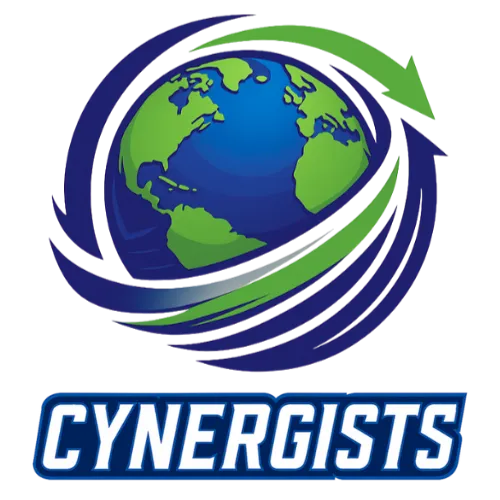
233 S 13th St Suite 1130, Lincoln, NE 68508
Copyright 2025. Cynergists. All Rights Reserved.
STAY UP TO DATE, CHECK OUT OUR PODCAST AND FOLLOW US!

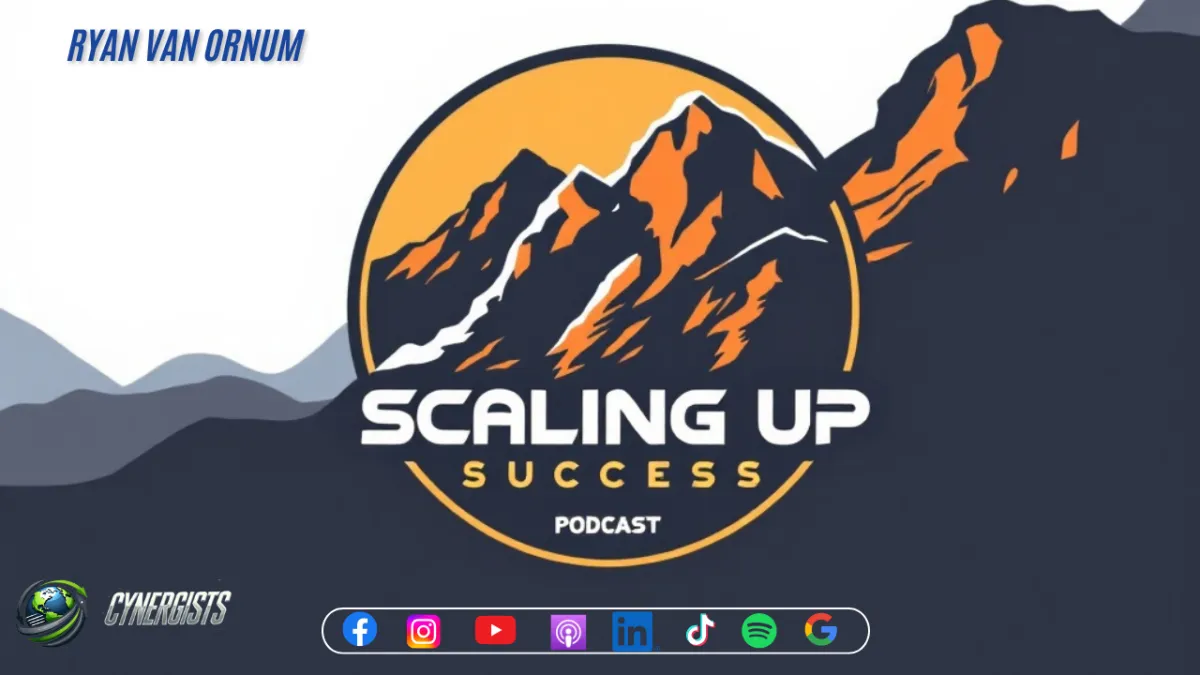
Copyright 2025. Cynergists. All Rights Reserved.

